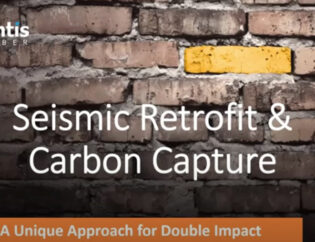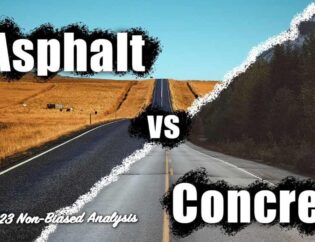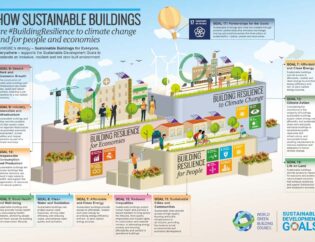
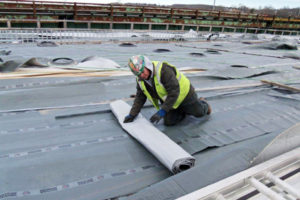 Concrete paving in extreme climates is paying off and it should go without saying that Canada can see some extreme climates. From the harsh cold in the NW Territories to the mild temperate climate in southern BC, Canada’s wide range of climates is a perfect long-term case study climate for AtlantisFiber™.
Concrete paving in extreme climates is paying off and it should go without saying that Canada can see some extreme climates. From the harsh cold in the NW Territories to the mild temperate climate in southern BC, Canada’s wide range of climates is a perfect long-term case study climate for AtlantisFiber™.
The Example Set By Winnipeg, Manitoba
The city of Winnipeg sees concrete paving as the stable piece of infrastructure, where over the course of the year, the temperature typically varies from -2°F to 80°F and is rarely below -21°F or above 89°F, the climate there is a great testament to the longevity of concrete in general.
Let’s look at what independent research says about concrete roads:
1. Cities and their taxpayers save money over the life of a road when it is paved with concrete. In Ontario, for example, based on pavement design, they can save about 15 percent on the initial cost of every kilometre paved with concrete and an extra 51 percent on road maintenance over a 50-year lifespan. A longer lifespan means less repair and rehabilitation work and better value for each tax dollar spent.
2. Concrete roads require 66 percent less energy to construct and reduce lighting needs by up to 24 percent. They also improve the fuel efficiency of commercial vehicles by up to seven percent. Using less energy is better for the environment, while reduced fuel consumption saves money and cuts vehicle pollution.
3. The improved fuel efficiency of concrete roads yields potentially significant reductions in carbon emissions — as much as 12,000 metric tonnes per lane kilometre. That is equivalent to avoiding the consumption of over five million litres of gas over the lifespan of the pavement.
4. Thanks to its slower cooling process, concrete minimizes the potential for “black ice” in the winter. Its brighter qualities improve visibility at night, keeping pedestrians and drivers safer.
5. When it comes to infrastructure investments, keeping the long term in mind is critical, both from a financial and an environmental perspective. That’s why adopting a life-cycle approach to decision-making is so important — it helps reduce the temptation to focus only on low-cost options designed for short-term political expediency. Life-cycle tools promote longer-term taxpayer value.
LIST SOURCE: Linton Mounk and Michael McSweeney in the Winnipeg Free Press
 What AtlantisFiber™ Is Doing Regarding Concrete Paving
What AtlantisFiber™ Is Doing Regarding Concrete Paving
In 2019, in Hope, BC, where over the course of the year, the temperature typically varies from 28°F/-2ºC to 77°F/25ºC and is rarely below 14°F/-10ºC or above 87°F/31ºC, we did our own case study & testing, and the data we have been receiving shows some very promising results.
We are continually testing key parameters such as strain rates, freeze/thaw cycles, and performance under load – in this case, vehicles. When asked, President and CEO of AtlantisFiber™, Patrick McConnell said, “We are capturing a dynamic range of data points that will enable us to deliver on other larger-scale projects with the confidence to ensure a quality finished product.”
If you have a future plan or upcoming project that you would like to have enhanced by AtlantisFiber™, contact us here or by phoning Patrick McConnell direct at 778-908-6877.
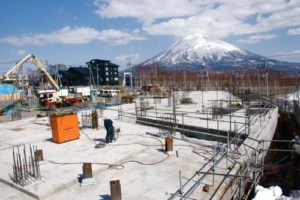 What AtlantisFiber™ Is Doing Regarding Concrete Paving
What AtlantisFiber™ Is Doing Regarding Concrete Paving

